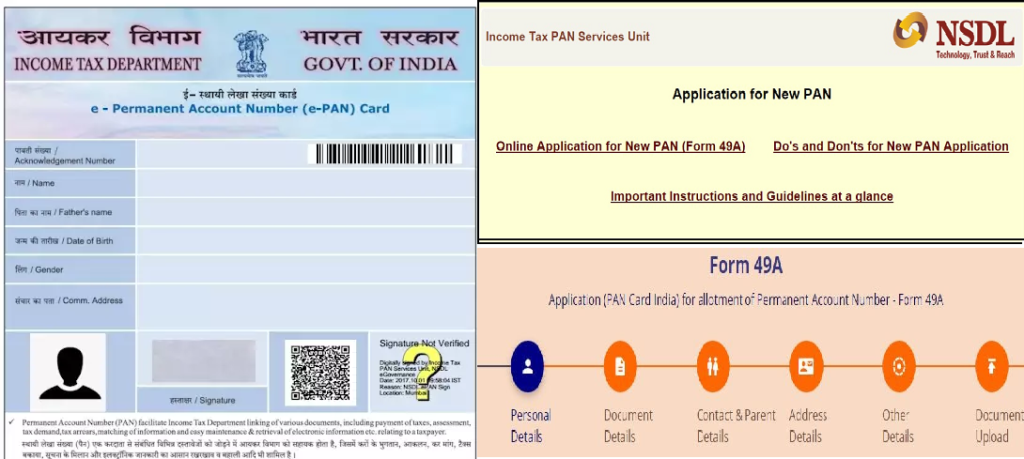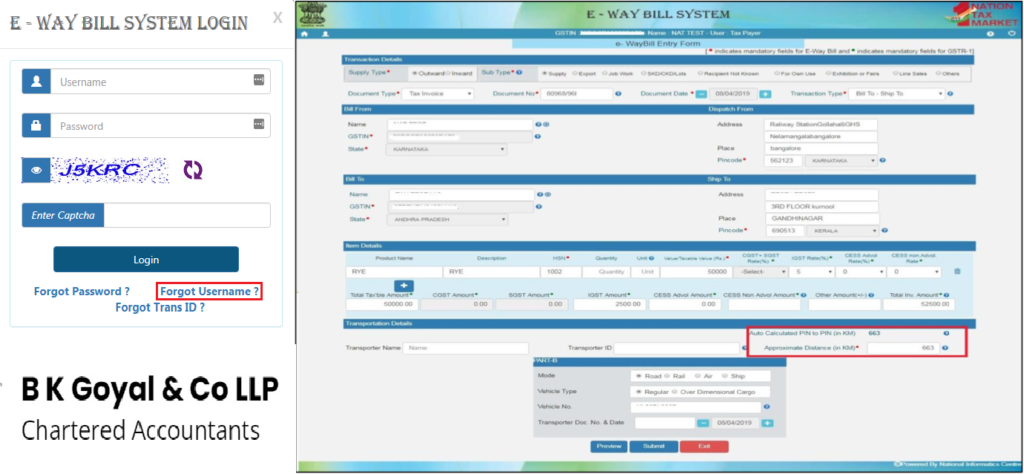A Comprehensive Guide to Understanding and Filling Out the 49A Form for Indian Citizens and Foreign Nationals

Introduction If you’re an Indian citizen or a foreign national residing in India, you’ve probably heard of the Permanent Account Number (PAN) card. This is a 10-digit alphanumeric identifier issued by the Income Tax Department of India to individuals, businesses, and organizations for tax and financial purposes. A PAN card serves as a proof of […]
Angel Tax and its Status in India: A Comprehensive Guide for Startups and Investors
Introduction Hello, folks! I’m CA Bhuvnesh Kumar Goyal, a practicing Chartered Accountant and a fellow member of the Institute of Chartered Accountants of India (membership number 540126). Today, I’d like to give you the lowdown on angel tax and its status in India. This blog will provide you with the ins and outs of this […]
Government launches Vivad se Vishwas scheme for relief to MSMEs for COVID-19 period, as announced in the Union Budget 2023-24
Last date for submitting claims under the scheme is 30.06.2023 The Department of Expenditure, Ministry of Finance, has launched the scheme, “Vivad se Vishwas I – Relief to MSMEs” for providing relief to Micro, Small and Medium Enterprises (MSMEs) for COVID-19 period. The scheme was announced in the Union Budget 2023-24 by Union Finance Minister Smt. […]
Daily Toll Collection Through FASTag Reaches Record High of Over Rs. 193 Crore
The implementation of the FASTag system for toll collection in India has been a resounding success, with a consistent growth trajectory. On 29th April 2023, the daily toll collection through FASTag system achieved a historic milestone, reaching an all-time high collection of Rs. 193.15 crore, with 1.16 crore transactions recorded in a single day. Since […]
Government is mulling over making Indian Patent Act more simplified and research friendly for product-oriented results
Addressing the Global Science, Research and Innovation Summit organized by CII titled “Fostering Science, Research and Innovation Partnerships’ under the aegis of the India’s G20 Presidency at IIT Delhi, Dr Akhilesh Gupta, Senior Adviser at the Department of Science and Technology (DST), Government of India said, while India grants average of 23,000 patents per annum, […]
Everything You Need to Know About the Eway Bill

Introduction If you are running a business that involves the transportation of goods, you may have come across the term “Eway bill.” An Eway bill is an electronic document that contains details about the goods being transported, the transporter, and the recipient. It is mandatory for businesses to generate Eway bills for any inter-state movement […]